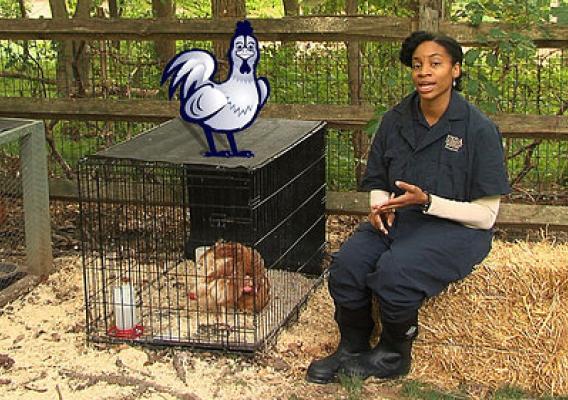Over the past few months, USDA’s Animal and Plant Health Inspection Service (APHIS), as part of the U.S. Panama Commission for Eradication of Screwworm, has started to partner with Peace Corps Volunteers in Panama to enhance APHIS’ surveillance activities. Volunteers will be working in rural Panama and meeting with local communities to raise awareness about as well as report suspected cases of New World screwworm, one of the most costly and economically significant pests of livestock in South America.
The New World screwworm is a parasite of warm-blooded animals, including humans. Female screwworms are attracted to and lay their eggs in exposed flesh wounds. After eggs hatch, larvae burrow and feed on flesh, causing severe tissue damage and may even be lethal to the host. The screwworm was eradicated from the United States, Mexico, Puerto Rico, the Virgin Islands, Curacao and, finally, all of Central America in 2006 using the Sterile Insect Technique in which sterile male flies are released in massive numbers to mate with wild female populations. The mated female flies then lay non-viable eggs, leading to a decrease and subsequent eradication of screwworm populations. To prevent the screwworm from spreading north of South America, The Commission is maintaining a barrier at the Darien Gap between Panama and Colombia, by utilizing both preventive release of sterile flies and field surveillance.









